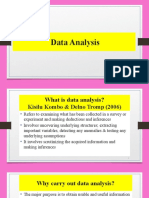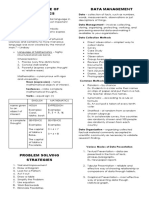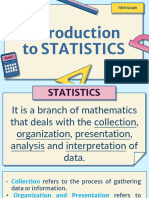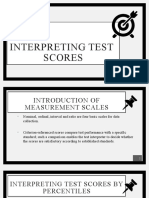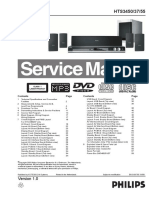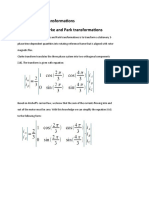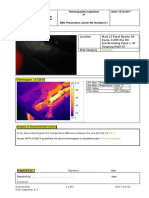0% found this document useful (0 votes)
8 views59 pagesResearch Methods Topic 5 Data Analysis
The document outlines the processes of data analysis and measurement in research, emphasizing the importance of data processing, including editing and coding, to ensure accuracy and reliability. It discusses various statistical measures such as central tendency (mean, median, mode) and variability (range, variance, standard deviation) to interpret data effectively. Additionally, it covers the validity and reliability of research instruments and introduces content analysis as a qualitative data analysis technique.
Uploaded by
realramie18Copyright
© © All Rights Reserved
We take content rights seriously. If you suspect this is your content, claim it here.
Available Formats
Download as PPTX, PDF, TXT or read online on Scribd
0% found this document useful (0 votes)
8 views59 pagesResearch Methods Topic 5 Data Analysis
The document outlines the processes of data analysis and measurement in research, emphasizing the importance of data processing, including editing and coding, to ensure accuracy and reliability. It discusses various statistical measures such as central tendency (mean, median, mode) and variability (range, variance, standard deviation) to interpret data effectively. Additionally, it covers the validity and reliability of research instruments and introduces content analysis as a qualitative data analysis technique.
Uploaded by
realramie18Copyright
© © All Rights Reserved
We take content rights seriously. If you suspect this is your content, claim it here.
Available Formats
Download as PPTX, PDF, TXT or read online on Scribd
/ 59

